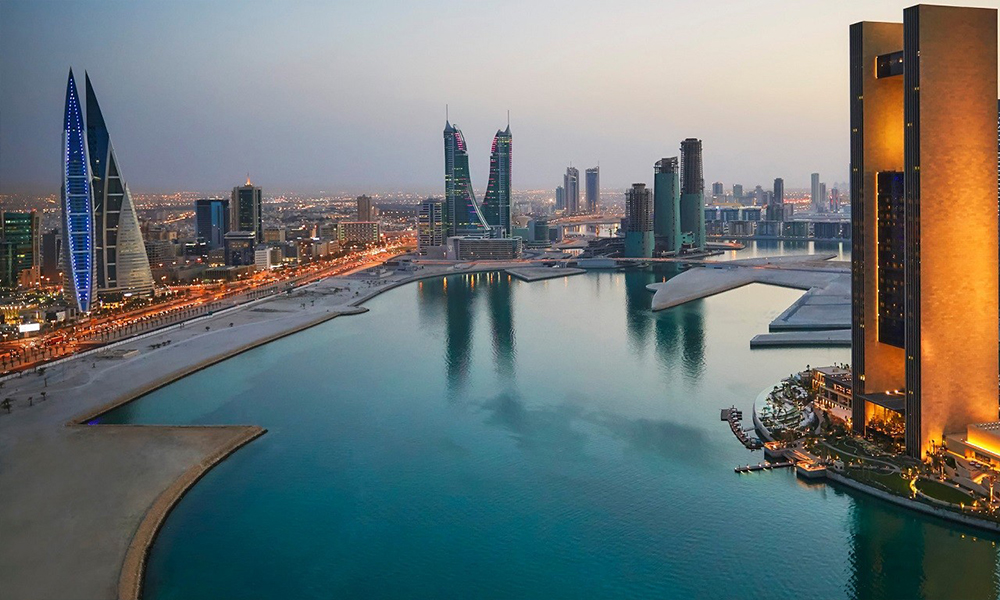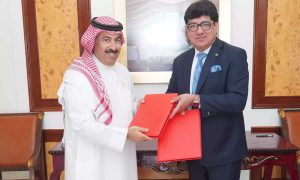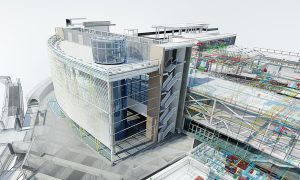Development in Bahrain: Where next for the kingdom?
Crippling debt and poor public finances make 2021 a challenging year for the nation’s construction sector

How times change. Two decades ago, Bahrain promised more development potential than almost any of its GCC neighbours, with a strongly pro-business stance, clear, stable leadership and a geographical location tailor-made for international trade.
Not only did it have relatively acceptable levels of debt, but all the right measures were being introduced to reduce dependence on fossil fuels and build a truly diversified economy – one where the construction sector was likely to be top of the tree.
Yet history shows that much of that early promise was lost, with the UAE going on to tick the development boxes that had once seemed Bahrain’s preserve, and the relative lack of economic progress leading to hitherto unforeseen in-fighting between communities. Chaotic politics among its near-neighbours have scarcely helped, and most pundits take the view that there remains considerable potential for unhealthy influences from Iran, Iraq and Syria.
Public finances have also sharply deteriorated since 2015 and the combination of extremely low foreign exchange reserves and colossal external debt have forced many observers to believe that the ‘glory days’ have gone for good.
Notwithstanding, Bahrain still has a bullish commercial and trading environment, reflected in positive assessments by ratings agencies such as Moody’s and Standard & Poor’s, as well as a famously positive and welcoming culture for foreign direct investment. It also remains the banking capital of the Middle East, with more than 400 banking corporations naming it as regional hub.
So – what is the current economic picture, and more importantly, the outlook for the coming year?
First things first. The Bahraini economy is relatively diversified compared with those of fellow members of the GCC: the fossil fuel sectors accounted for approximately 14% of GDP in 2019 (vs. 27% in Saudi Arabia, as an example). Nonetheless, oil and gas income still accounts for approximately 75% of government revenues. Moreover, in a climate where the oil price seems pegged around US$50 per barrel, it’s not encouraging that Bahrain’s breakeven oil prices (for its fiscal and current accounts) are among the highest in the region, requiring a figure around US$95.
As a result, Bahrain’s external economic standing declined rapidly in the wake of the collapse of global oil prices in 2014-2016. Worse was to come: by the end of 2017, there was a financial crisis after the financing of huge fiscal and external deficits brought the central bank’s foreign exchange reserves down to about USD1.6bn (providing an import cover of only 0.8 months). As a result, in 2018, Saudi Arabia, the UAE and Kuwait agreed to provide a USD10bn financial support package to Bahrain.
In 2020, Bahrain’s fiscal and external accounts were again hit by the combined problems of the global Covid-19 pandemic and the oil price slump. Risk specialists such as Euler-Hermes believe that the country’s richer neighbours will continue to support Bahrain in order to prevent a major financial crisis that would have dangerous consequences for the region as a whole..
Bahrain’s annual fiscal deficit accelerated to around -18% of GDP in 2015-2016, declined to -11% in 2019, and is estimated to have risen again to approximately -17% in 2020. Experts forecast ongoing double-digit ratios in 2021-2022. Consequently, public debt has rapidly increased from US$6bn (44% of GDP) in 2014 to US$15bn (103% of GDP) in 2019 and is forecast to be approximately US$18bn (130% 0f GDP) at the end of 2021.
In the wake of Covid-19, the annual current account balance is forecast to rise to just under -10% of GDP in 2020 and to remain at a level of approximately -6% in 2021-2022. Bahrain’s gross external debt has been alarmingly high for 20 years. After declining to US$43bn in 2015 (still high in relation to GDP at 140%), it grew to US$71bn in 2019 (189% of GDP). Forecasts expect a further increase to around US$80bn (215% of GDP) by the end of 2021.
The overall picture? Support from GCC neighbours can help prop the nation’s debt position for the immediate future, but it would scarcely be sustainable otherwise. The future isn’t necessarily all bleak, but investors in the Construction sector will need a good deal of belief that the fundamentals of Bahrain’s economy can return to better health by the time their projects reach fruition in the mid-2020s.

























